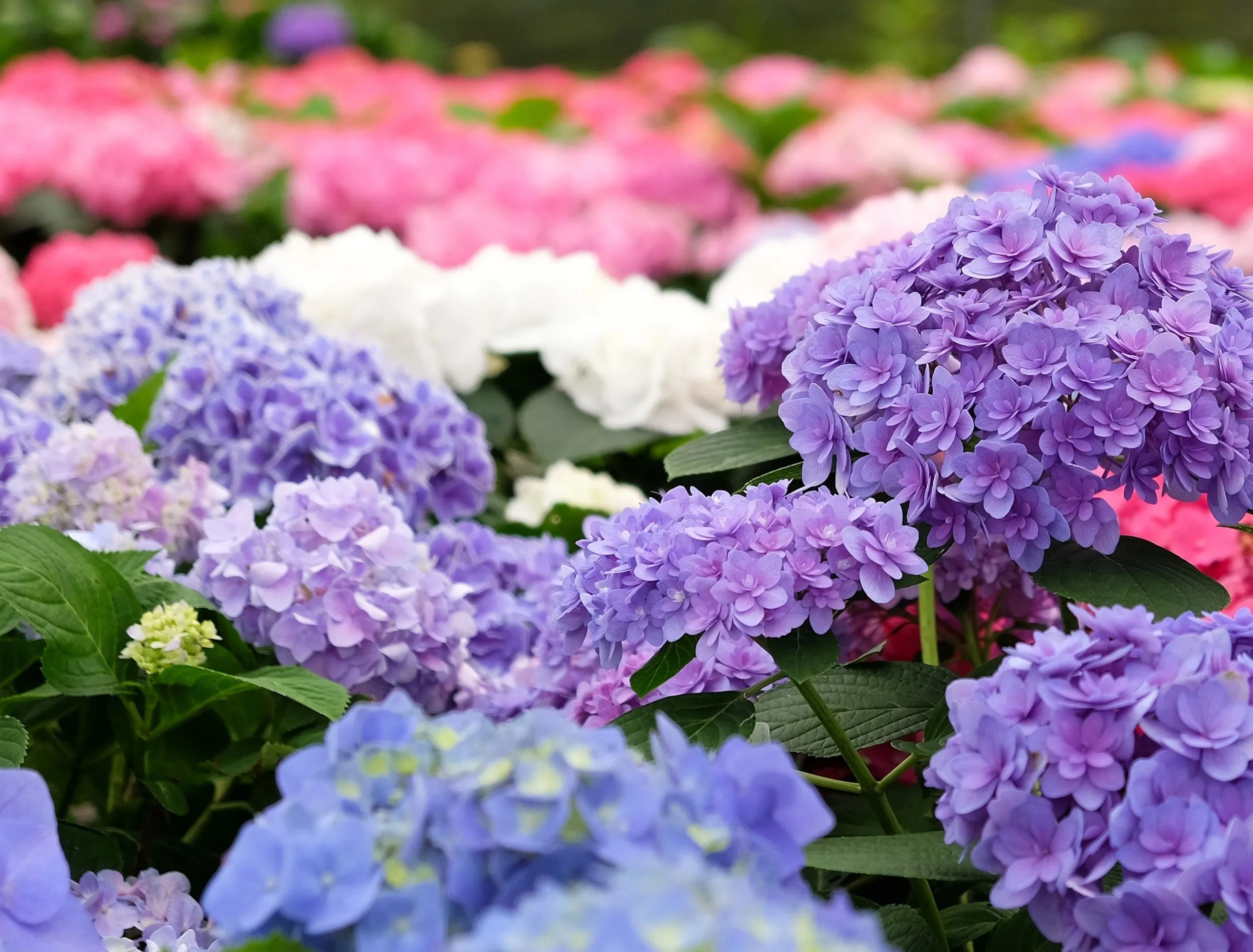Related
Nothing signifies spring beaut like the lush bloom of a hydrangea bush ! Fromdeep pink hues to pale bloodless shades , these middle - catching plants make your gardenlook absolutely stunning .
care for your beloved hydrangeas in early spring demand a little redundant aid and effort . After all , if you require to enjoy brilliant blossoms into summertime , you require to monitor their growth and keep them well - nourished during this crucial period .
Learn top tips on giving your hydrangea the erotic love they need in the coming months !

Pruning
Image credits : S.O.E via Shutterstock
If you have a hydrangea thatblooms on new wood , such as the ' unruffled ' hydrangea , early spring is a slap-up time to give it a expert snub ! Pruning in other spring after the gruelling frost have passed help advance new increment and advance full blooms later on .
Cut 1⁄2 to 1 column inch above a budding node at a 45 - grade slant . Remove dead limb or foliage , as well as ones that may have become too long or out of place during winter .

But remember , the later and more drastically you slue back , the few bloomsyou’ll get .
take down : Depending on your type of hydrangea , abbreviate back dead woodor unruly stems in former spring , summer after bloom , or late winter .
Fertilizing
Image credits : Teona Swift via Pexels
inseminate your hydrangea in the former spring is an essential whole step to ensure they have a firm foundation for the spring up season ahead . go for a dumb - release 10 - 10 - 10 fertiliser formulation when the shrubs are just beginning to show new growth . Doing so provides them with vital nutrients , like nitrogen , phosphoric , and potassium , which serve strengthen their stem and create more blooms .
Additionally , you may add some compost at the alkali of each plant . This gives them an spare rise of victuals that ensures hydrangeas look lush and vivacious all summer long !

Pro Tip : inseminate your works again in other summer to ensure proper nutrition and promote healthy increment .
Planting and Transplanting
Image credits : RossHelen via Shutterstock
If you want toplant or transplanthydrangeas , early saltation is the stark time to do so . To get the most out of your blooms , waitress to plant until after the last icing date for your area has passed .
engraft in the early bound see to it that your plant can take full vantage of participating growth geological period ( March through September ) . If you have an plant hydrangea that need a new home , transplant it in either bounce or come down for optimum results .

Mulching
Image credits : Maria Evseyeva via Shutterstock
mulch hydrangeas in early spring is substantive for their wellness and well - being . Mulch acts as an insulator to keep the soil temperature uniform and protect against sudden drop in temperature . It also aid the ground retain moisture , which can be beneficial during dry spell .
To mulch your hydrangeas , spread a layer of constitutional textile such as leaves , pale yellow , or pine bark around the base of each plant . Leave 4 to 6 inch between the mulch and the base of your industrial plant to forestall decomposition . Aim for 3 to 5 inches of mulch coverage throughout the bed for maximum urine retention .

In addition to mulching , regular watering is fundamental to keeping these beauties flower during the summer . Deep hydration once a week will help keep them vivacious and healthy , although depending on their diverseness they might need more in especially dry land .
Frost Protection
Image credits : tbmnk via Shutterstock
When temperature dipduring the former spring , your beautiful hydrangeas are atrisk of Robert Frost damage . If you ’re expect frost , cover them with sheets or light felts . This helps retain warmth and keep your buds good from frost damage . When the danger has cash in one’s chips , get rid of the covering to secure they get plenty of sun and air circulation .
Hydrangea Facts
paradigm credits : Jorge Salcedo via Shutterstock
Native to Asia and the Americas , the vibrant colors of hydrangea have made them a popular choice for home gardens . There are many dissimilar types of hydrangeas usable in shades of blue , pink , and purple . The shadowiness of the peak will dependon the pH story of your land . acidulous soils give rise blue devil while alkaline soil produce garden pink .
This imperial plant boasts large , glossy clusters of peak . Its name comes from the Greek give-and-take " hydor " mean water and " aggeion " meaning watercraft . This is a reference to its cup - like fruit and macrophylla which means “ large leaf ” in reference to its impressive leafage .

hydrangea are toxic to dog , bozo , and even horses if ingest in large quantities . The leaves and stem contain a toxin that can be serious if consume in big amounts , so it ’s best to keep the flowers away from children and dearie .
Spring Into Action



